10 Foods Dietitians Won't Touch
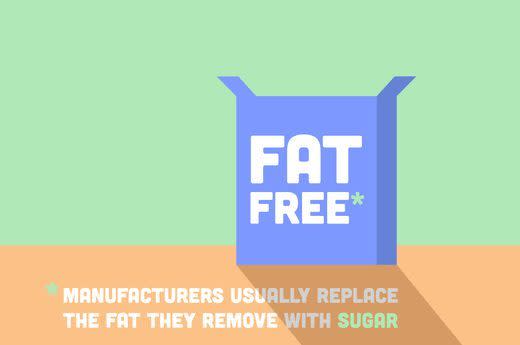
(Graphics by Ethan Young)
If a dietitian won’t eat a particular food, it’s probably a good sign that you shouldn’t be eating it either. Dietitians and nutritionists make their careers by examining the healthful and unhealthful ingredients in foods and determining what’s good for our bodies and what’s not. Some no-gos are obvious: candy, soda and anything fried, for instance. Others may be less obvious, and you may be surprised to find out that some foods you thought were healthy wouldn’t make it past a dietitian’s lips. Take a look at the following slides to find out which foods top dietitians will always pass up in the grocery aisle and you should too.
1. Fat-Free Foods
If you’re enticed by bright, shiny packages of food that boast about their lack of fat as you walk through the aisles of your local market, beware. Registered dietitian Kristin Kirkpatrick says that although you’ll save some calories, you’ll pay for it in other ways. Usually, she says, manufacturers replace the fat they remove with sugar, which can be even worse for your health, especially if the fat was a healthy mono- or polyunsaturated fat. These fats are healthy for you in moderation and benefit heart health. Also, when you eat healthy fats along with simple carbohydrates – which tend to spike blood sugar on their own – your blood sugar stays more stable.
Related: How to Create the Best Diet for YOUR Body
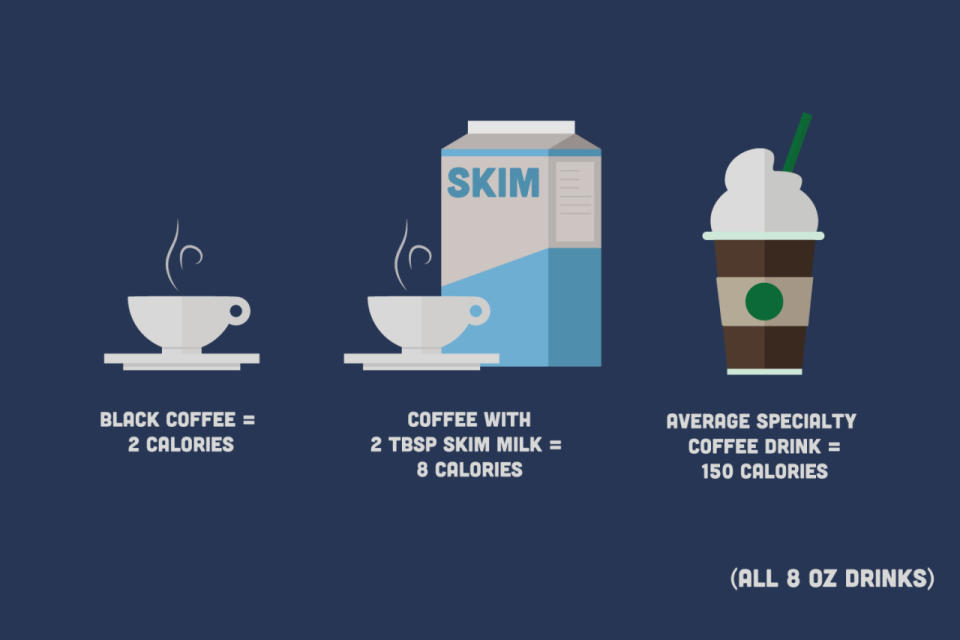
2. Specialty Coffee Drinks
If you’re hooked on your morning caramel latte with whipped cream, you might want to take a closer look. “These are just loaded with empty calories,” says registered dietitian Elizabeth Jaramillo-Lopez. Even a plain latte with whole milk and sweetener can be 300 calories, she notes. Add in chocolate, caramel and whipped cream and you could almost double that. “Coffee in general does have some great benefits,” says Jaramillo-Lopez, noting that it’s high in antioxidants and can protect against Type 2 diabetes and prevent liver cancer. “But when you start adding in the extras, like cream and sugar,” she says, “often the benefits are outweighed.” She recommends that you choose to drink your coffee black with a little reduced-fat milk and a touch of a natural sweetener like honey or stevia.
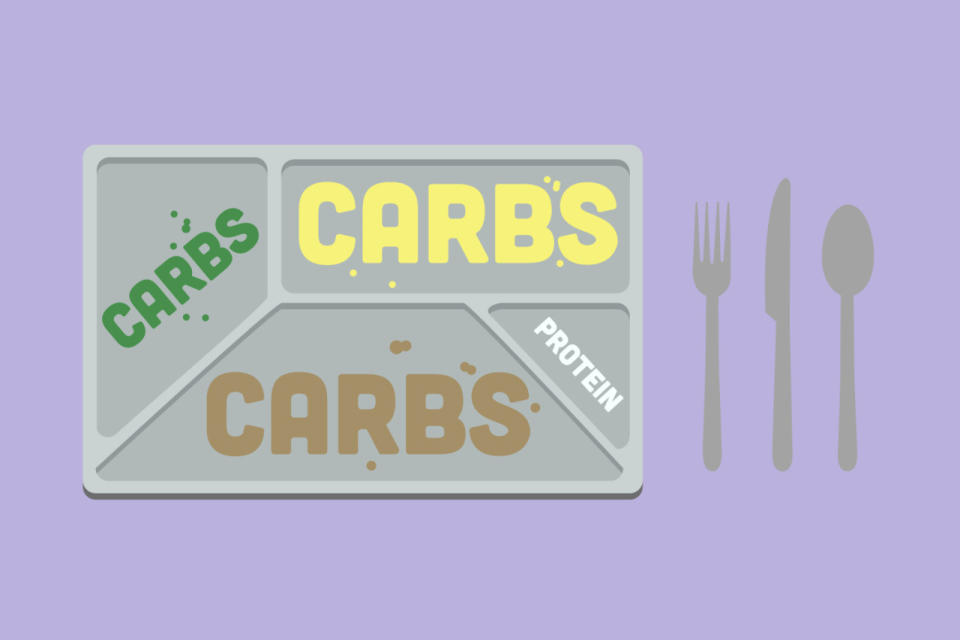
3. Frozen Meals
Consulting nutritionist Carole M. Farina warns that most frozen meals should be scratched from your grocery list. Although they’re convenient on rushed work nights, the balance of nutrients is off. “They have too much carbohydrate and not enough protein,” a combination which, she says, will only leave you hungry soon after eating. Although there are some better options for frozen meals, especially at health food stores, Farina says you’re better off taking out some time on the weekends to cook up a large batch of grilled chicken, vegetables and whole grains and then freezing individual servings to heat up later in the week.
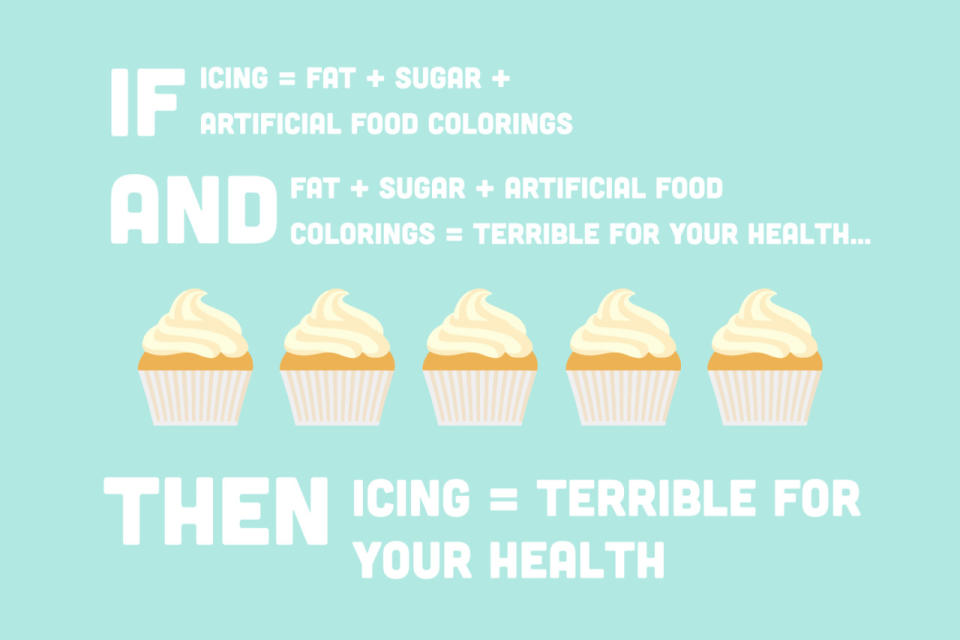
4. Icing
No more than fat whipped with sugar, commercial cake icing is off limits. “Icing is loaded with calories and sugar,” Jaramillo-Lopez says. “Depending on what it’s made of, sometimes it can have added trans fats.” Trans fats are the dangerous fats that increase your unhealthy LDL cholesterol and decrease your healthy HDL cholesterol. In fact, trans fats are so unhealthy that the Food and Drug Administration is working to eliminate them from the American food supply.
To make matters worse, many commercial frostings get their unnatural hue from artificial food colorings, which pose their own set of hazards. According to the Center for Science in the Public Interest, food dyes are linked to allergic reactions, hyperactivity in children and cancer.
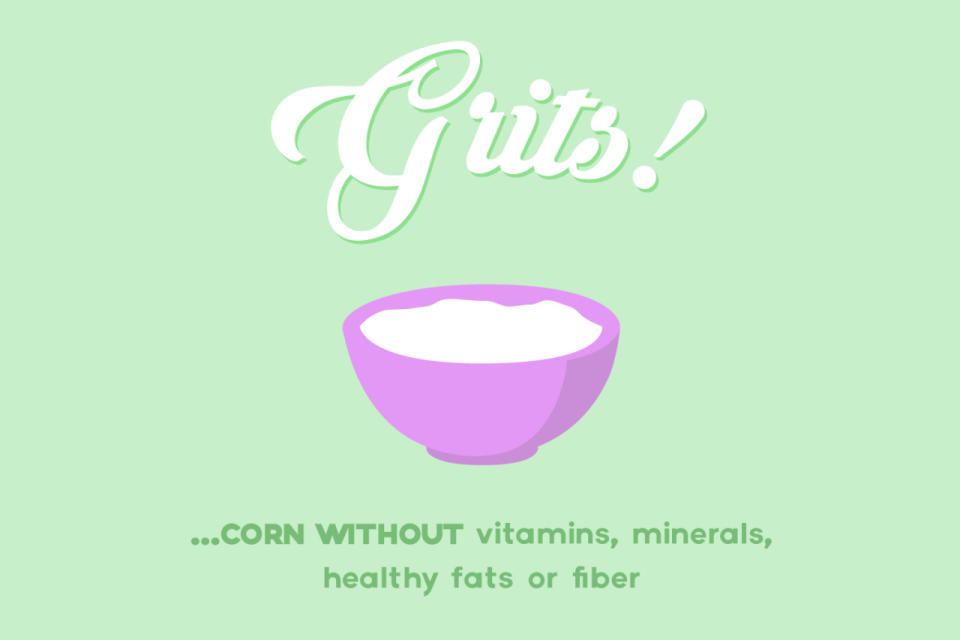
5. Grits
Nutritionist Dr. Mike Roussell calls grits, the old Southern favorite, a “hyper-refined carbohydrate,” because the corn used to make this bland breakfast food has been so processed that it lacks much in the way of vitamins, minerals, healthy fats or fiber. He also says that due to their absence of natural flavor, grits require heavy cream and butter just to make them edible, which he calls the “blood-vessel-destroying, unholy marriage of simple carbohydrates and saturated fat.” Instead, cook up a bowl of hot whole oats and top them with fresh fruit and a drizzle of coconut milk.
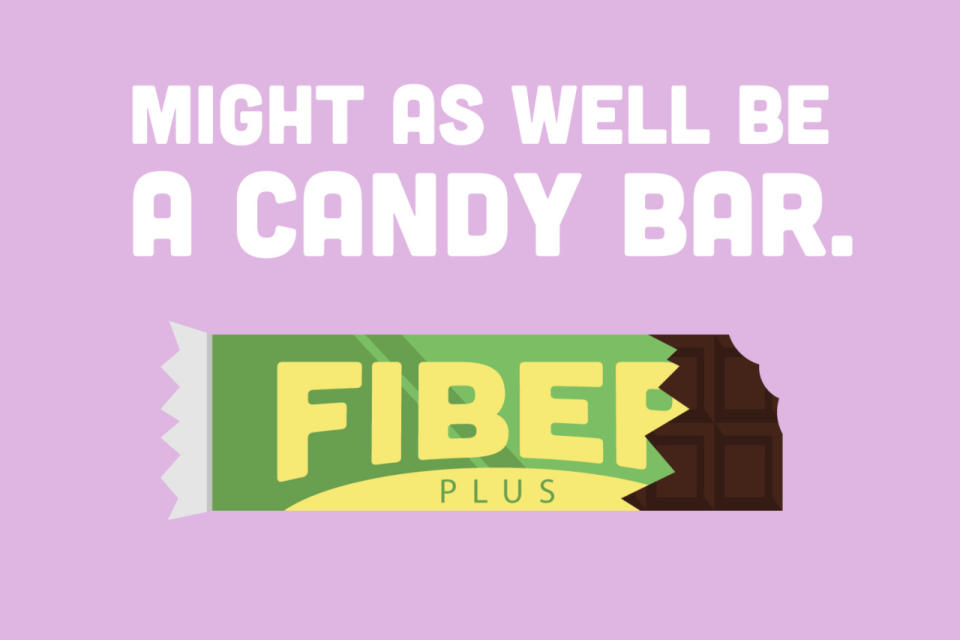
6. Fiber Bars
Fiber is good for you, and you need 25 to 35 grams in your diet each day, but you shouldn’t get it from fiber bars, says registered dietitian Kristin Kirkpatrick. She explains that fiber bars contain excessive amounts of sugar with few nutritious ingredients, and she calls them “nothing more than a candy bar in disguise.” There are plenty of healthy, whole-food sources of fiber that don’t come with any added sugar. Whole grains, fruits, vegetables, nuts and legumes are all good sources of healthy fiber.
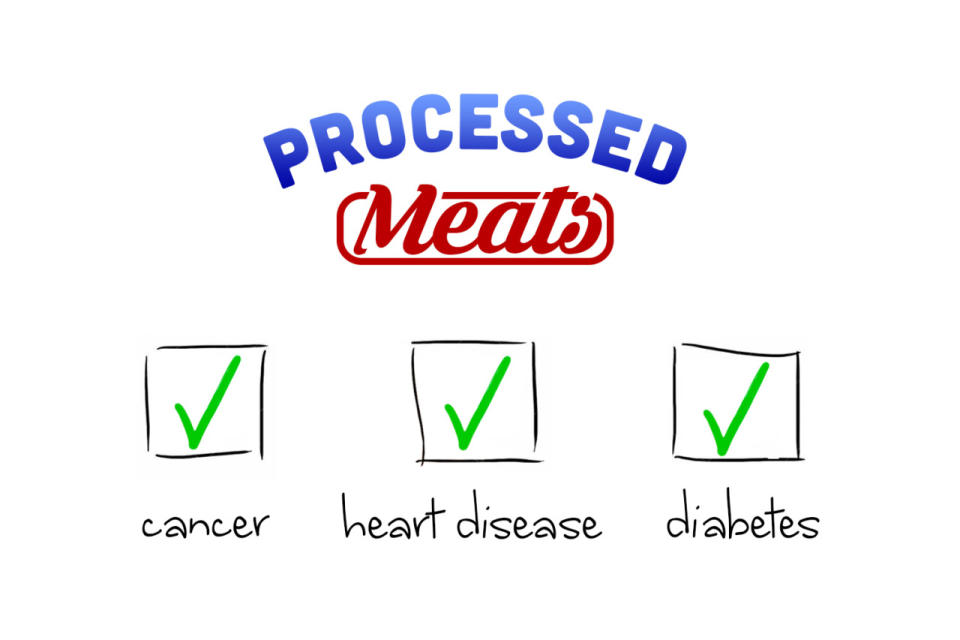
7. Processed Meats
Meats, such as bacon, ham, hot dogs, sausages and lunch meats, are harmful to your health, warns Jaramillo-Lopez. A 2010 study by Harvard researchers found that consuming processed meats raises the risk of heart disease by 42 percent and the risk of diabetes by 19 percent. In addition to the sometimes hefty amount of saturated fats – the unhealthy fats that increase cholesterol – processed meats also contain sodium nitrate, a chemical additive that preserves the color of meat, adds flavor and acts as a preservative, Jaramillo-Lopez reports. “What research has found, is that sodium nitrate is linked to various types of cancer,” she says. The American Cancer Society explains on its website that sodium nitrate converts to nitrosamines (known cancer-causing substances in animals).
Related: 3 Easy Do-It-Yourself Milk Alternatives
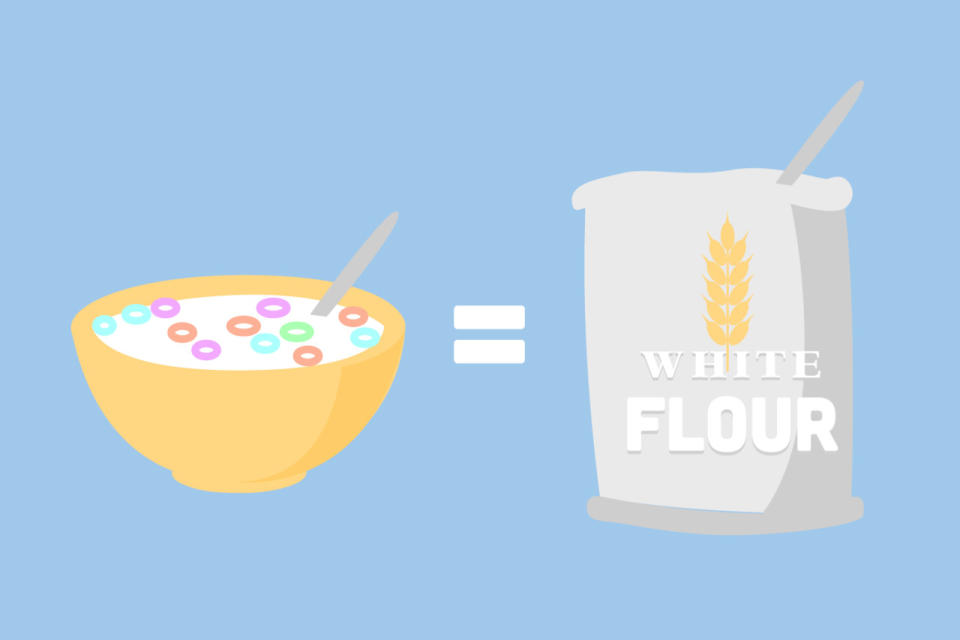
8. Sugary Cereals
If you fondly remember those little boxes of sugary cereal that were such a treat when you were a kid, it’s time to grow up. Flakes, puffs, Os and star-shaped bits of refined grains coated with sugar and sometimes mixed with bits of marshmallow and chocolate pieces should have no place on your breakfast table, says registered dietitian Nina Dougherty. “They’re basically white flour sprayed into shapes,” she explains. Sometimes they’re fortified, but choosing a whole-grain cereal is a much better way to get your nutrients without all the sugar. Fortified and heavily processed cereals are also devoid of fiber, which is important for digestive health and satiety, Dougherty adds.
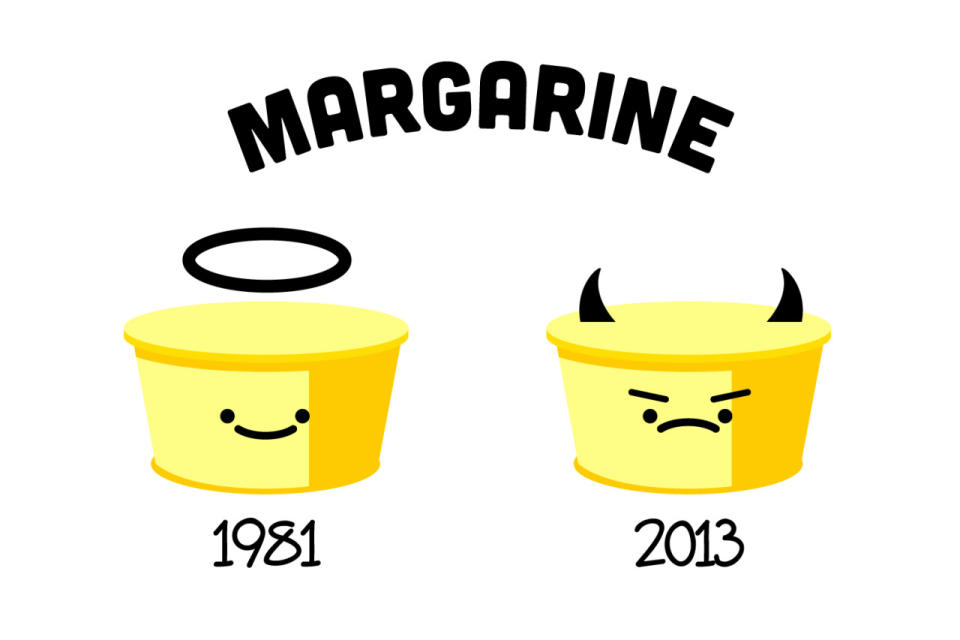
9. Margarine
Once thought of as a healthier alternative to butter, margarine has now been revealed as a dietary demon. Nutritionist Farina explains that the process of hydrogenating vegetable oil to create margarine also creates trans fat, a dangerous substance that increases your unhealthy LDL cholesterol and decreases your healthy HDL cholesterol. Medical research shows that, generally, the more solid the margarine, the higher the trans fat content. If margarine is your only option, you should look for margarines that are low in saturated fat, high in unsaturated fat and free of trans fat.
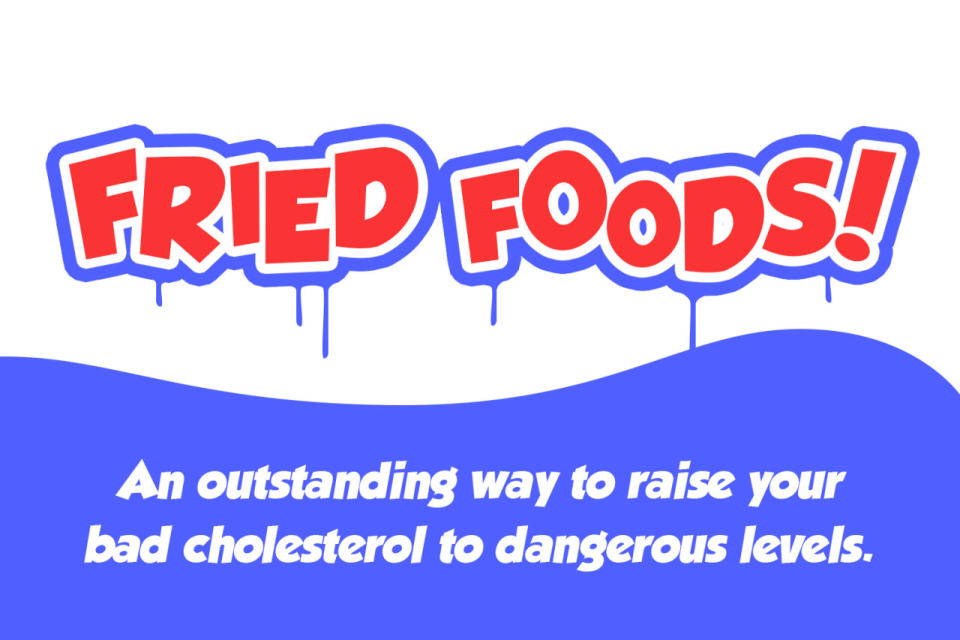
10. Fried Foods
Fried foods rarely make it past registered dietitian Elizabeth Jaramillo-Lopez’s lips. “These tend to be pretty high in fat, especially the bad fats, the saturated and trans fats,” she says. Both fats raise your bad, low-density lipoprotein cholesterol, and trans fats lower your good, high-density lipoprotein cholesterol. Both fats increase your risk of heart disease and stroke. “Fats are important for our bodies,” she says. “Fats give us energy, they protect our organs, they even help us process some nutrients, but we want to be smart about the fats we eat.” Jaramillo-Lopez recommends choosing foods rich in mono- and polyunsaturated fats like avocados, nuts, seeds and fish. She also recommends choosing healthy cooking methods like grilling, boiling and poaching instead of frying.
The original article “16 Foods Dietitians Won’t Touch“ appeared on LIVESTRONG.COM.
By Jody Braverman
More from LIVESTRONG.COM:
Save 200 Calories With This DIY Pumpkin Spice Latte
What Food Expiration Dates Really Mean
The BEST Gluten-Free Chocolate Chip Cookies

